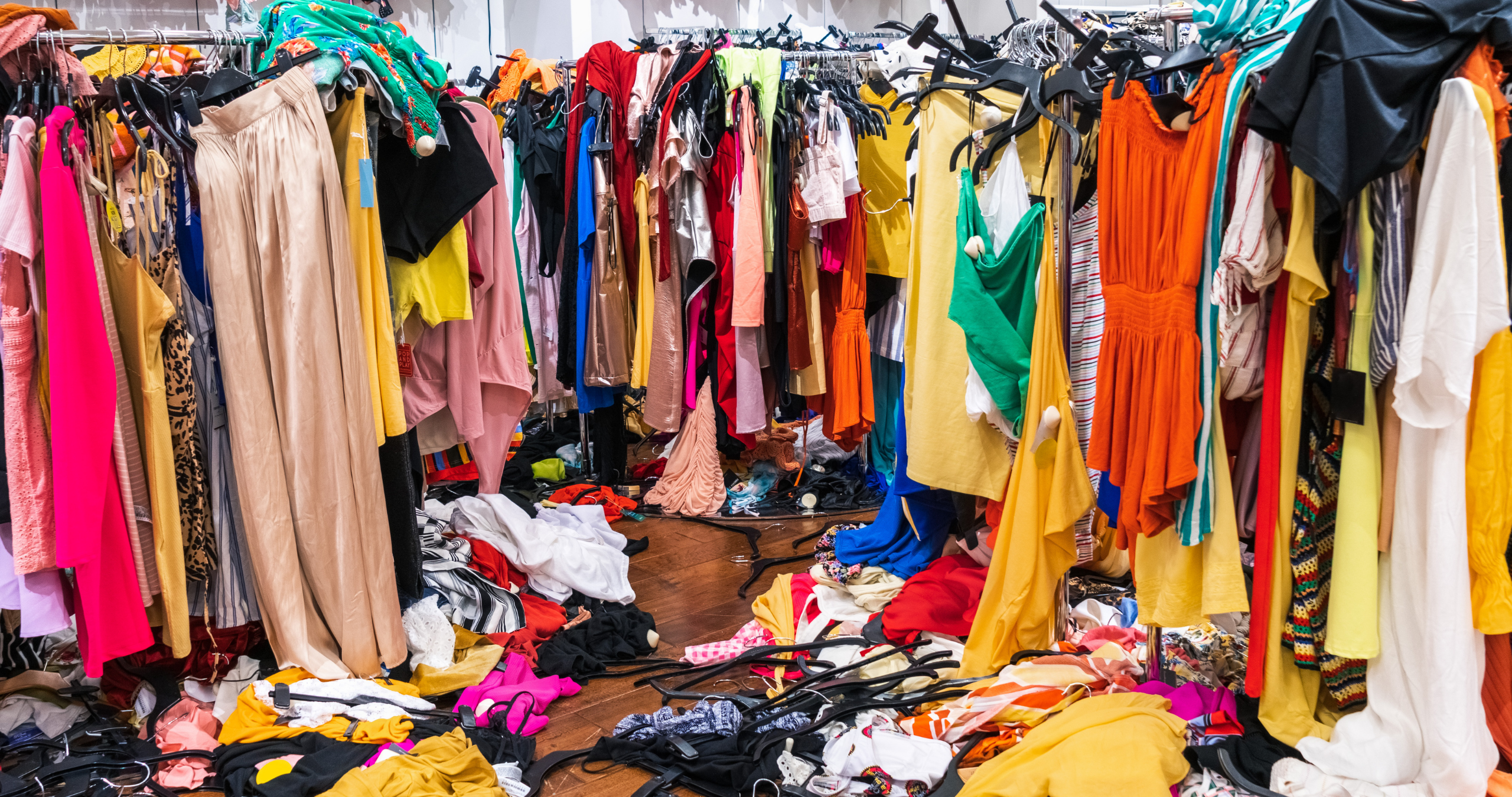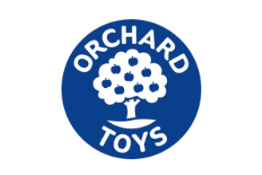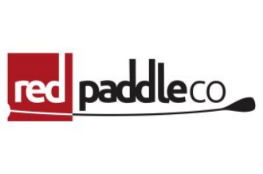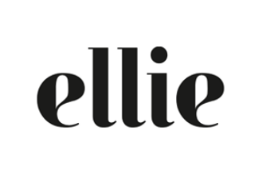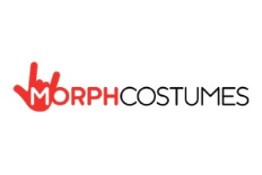What makes fast fashion…well…fast? Simply put, it’s the rate at which the garments are produced, purchased, shipped, and discarded. The environmental and social impacts of fast fashion have long been debated by activists and consumers alike, whether it be the carbon emissions, the mountains of thrown away items, the plastic involved in their production, and of course the mistreatment of low paid workers. On top of all this, those producing fast fashion are also notorious for copying designs.
Let’s take a look at one of the most well-known fast fashion retailers that has recently come under fire for ripping-off ideas from other brands and creators – Shein. Valued at over $100 billion, after recent fundraising, makes the business bigger than H&M and Zara combined! Established in 2008, Shein serves over 220 countries with cheaply priced clothes – all manufactured in China. The fashion giant has perfected the fast fashion business model, turning out new products constantly in line with new trends, at rock-bottom prices. Often, these are copies from the catwalk, or the latest celebrity fashion line. Most recently in the news, Shein has been accused of copying designs from Zara, with many almost identical garments including a figure hugging pink satin dress, appearing on the site.
This isn’t the first time Shein has copied designs from large retailers. Previous claims of copyright infringement have been lodged by the likes of Levi Strauss, Dr Martens, and Ralph Lauren.
Many social media users praise these “designer dupes” on social media, as the ability to get that high fashion look for a fraction of the price is all too appealing. The world Trademark review reported that hashtags related to counterfeits have over 100 million views on TikTok. The popularity of this content is alarming in the fashion industry, and ‘dupe culture’ seems to be on the rise in a big way. However, it’s not just the big guys who get targeted. In an article by the Guardian, artist Vanessa Bowman described her heartache when she discovered her works of art, inspired by her quaint home village, had been ripped off and plastered all over cheap clothing:
“The things I paint are my garden and my little village: it’s my life. And they’ve just taken my world to China and whacked it on an acrylic jumper.”
Vanessa is not alone in her frustration. On the other side of TikTok, many hashtags have been created about the issue of counterfeit goods from smaller designers, such as #SheinShame, and #sheinstolemydesign. To combat this criticism, Shein launched Shein X, their programme for aspiring clothing designers to create unique fashion lines, while they handle the manufacturing, marketing and selling. This allows smaller designers to keep ownership of their designs, while reaching a larger audience to create sales. But is this enough?
Unfortunately copies and counterfeits can often cause reputational damage, and harm revenues of legitimate brands – small and enterprise alike. Brands who put the hours in when it comes to thoughtful designs, superior quality materials, and sustainable production often lose out to the cheaper products on these fast fashion sites. So how can they fight back?
How can fashion brands fight counterfeits and copies?
Your first port of call when it comes to protecting your brand, is registering your intellectual property. Here is what you can defend:
- Copyright – Items of fashion are rarely protected, individually, by design rights. But copyright is your friend here. It’s an international right and can be defended online and offline. Words and images are protected by copyright – automatically.
- Trademarks – Register your logo, word marks, and brand names so you can enforce against any copycats using your name.
- Design – Protect your products appearance, physical shape, configuration or decoration.
- Patent – Safeguard your original invention to enable you to take action against counterfeiters.
Secondly, monitor online marketplaces in the territories you trade in. Search for your products, use descriptive search terms, reverse images searches and identify keywords that may be used. If you find any infringing listings, report them to the platform to be taken down using your intellectual property.
Thirdly, ACID (Anticopying in Design), is a powerful association fighting the rights of designers. ACID’s Image Bank can be super useful in terms of uploading images of designs you create, providing proof of originality and a date stamp. It also offers various other benefits such as tracking potential buying perusing your designs.
And if you want to call in the experts?
This is where SnapDragon comes in. Using your intellectual property, we can monitor, detect and enforce abuse of your brand on the world’s busiest e-commerce, social media and domain sites. We continuously monitor the web to find counterfeits of your product, and take them down. Our fantastic team of multi-lingual brand protection specialists will help you fight back against the fakes and protect your customers, your revenue, and your reputation. Get in touch, and we will perform a free, no-obligation brand audit to show you where your brand might be in danger.

